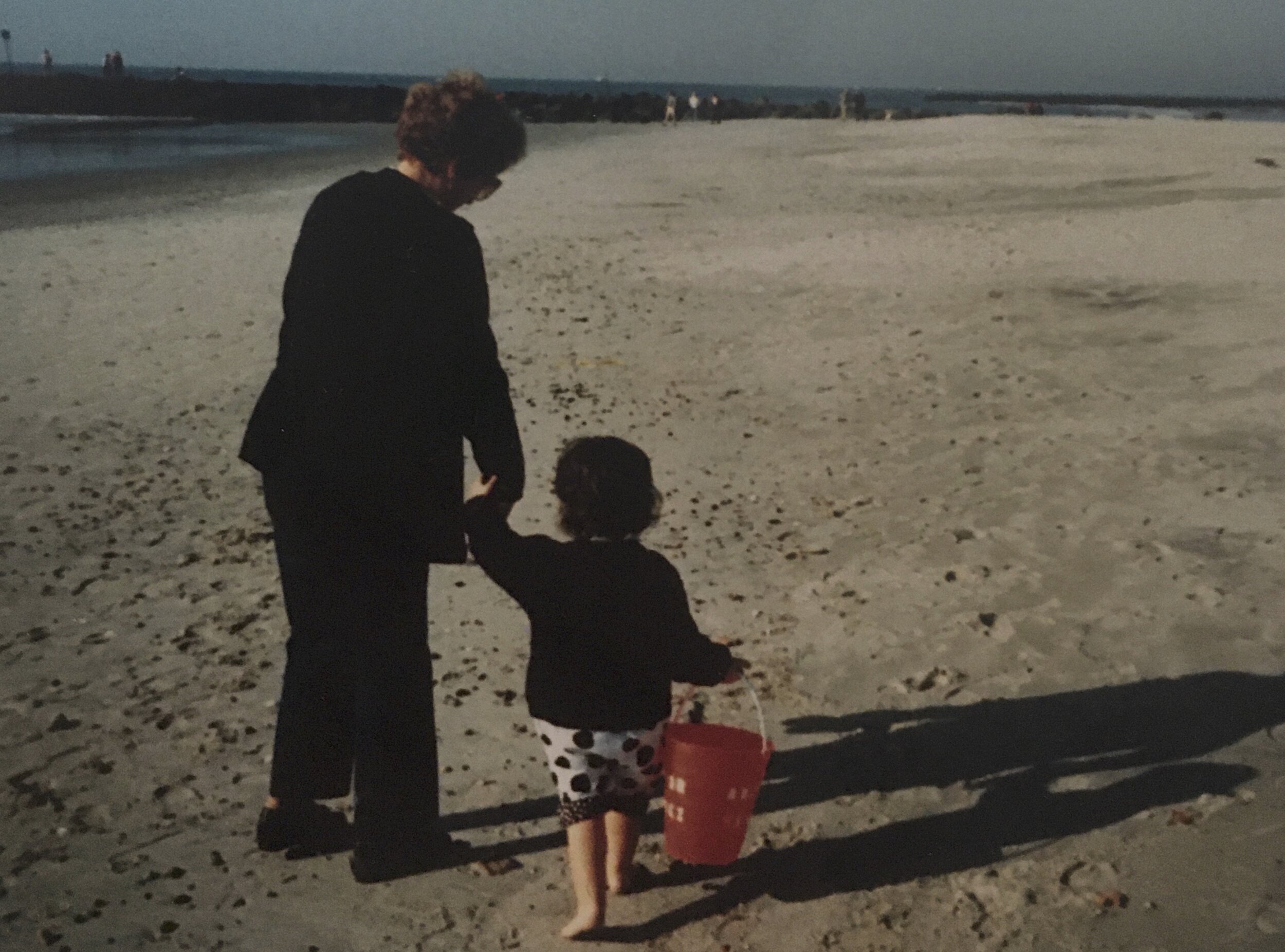What Works For Me
Over the years I’ve tried different approaches to speaking up about racism and other forms of prejudice; some of my attempts have been awkward and embarrassing for everyone involved, while others seemed to produce some success, or at least: to open up some possibility of a change in perspective.
As a high school teacher, I had plenty of opportunities to keep trying new counter-prejudice tactics, as I heard something denigrating about women almost every day. The teenaged boys I worked with were steeped in an online culture that saw women as semi-intelligent body-things, and they hadn’t had much exposure to other ways of thinking. They usually had special exceptions carved out (sisters, moms, the occasional math class crush, etc.) but otherwise: they were really in it.
Calling out their behavior in the moment had limited impact. If I heard a kid say something disrespectful in my classroom or caught him showing a video to a friend on his phone, a call-out (while an important part of my job as a teacher) was not going to be met with anything more reflective than a, “Sorry, Miss!” No one was changing their worldview in that moment of confrontation. (Even less effective would have been tirades of righteousness, which are easily lol’ed and eye-rolled away.)
The move I found more effective for actually opening up the conversation was introducing the topic proactively, and in positive terms. Instead of waiting for an inappropriate comment to present an opening, I tried talking to my students one-on-one, taking a light tone and framing it in terms of fairness and respect. I tried to say something that boiled down to, “I know that fairness is really important to you, and I admire that. It’s important to me too. Sometimes I feel like people don’t give the same respect to women. I wish more people cared about respect like you do.” (Repeated with variations many times, ad nauseum, forever, amen). Sometimes the guys would ask me what I meant or offer their own observations that supported the statement. (The same tactic worked for bringing up race with white students.)
It might sound corny, but it’s a different way to engage someone on a topic where you’re hoping they’ll change their mind. Instead of getting defensive (“I’m not racist!”) someone is more likely to hear you out, and to think about what you’ve said. They’re more likely to sidle up to an uncomfortable truth about their old views, if you show them how the new view is actually aligned with their truer, better self.
I can’t say that my approach resulted in a high school full of hard-core progressive activists, but I genuinely believe that it encouraged a form of self-awareness in a few of the students and gave them an accessible way to shift their views on women or race, instead of just teaching them to watch their mouth when they might get in trouble for saying something.
I know some people might object to this approach as being too patient with prejudice, but I think it is an important tactical option in the larger progressive conversation. The more I see expressions of really stubborn, flagrant, unreachable misogyny and racism (etc.), the more I’m convinced that the soft-core racists and misogynists (etc.) must be engaged with in a way that will actually shift their mindset and convince them that they have more in common with the people who oppose white supremacy (etc.) than with the people who support it. If they’re not swayed to open their minds, they might be swayed (by someone else) to close them even further, and I have to believe that anyone reading this post would find the thought of that alternative entirely unacceptable. That’s why I’ve shared these thoughts today—even if you disagree with me, I hope you find these words a little bit useful, as you implement your own ways of approaching these massive communal challenges. (Keep going! We have to! It’s awkward! Good luck!)


